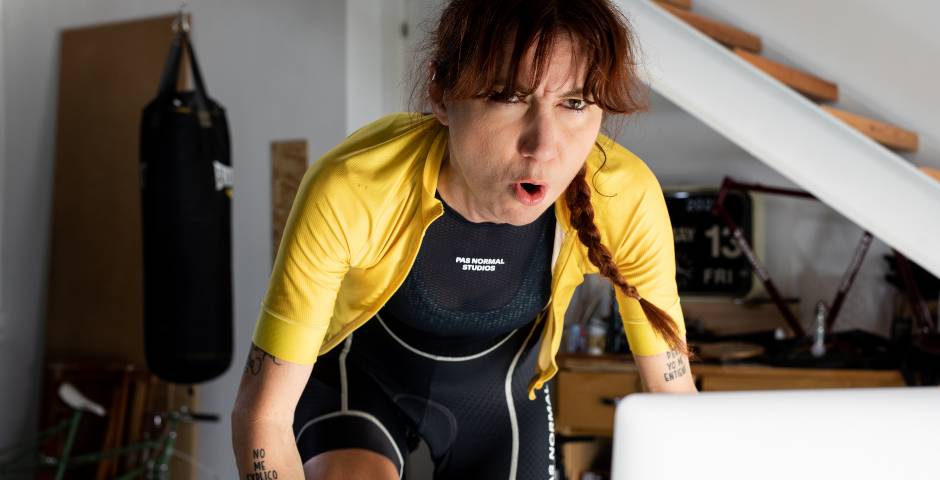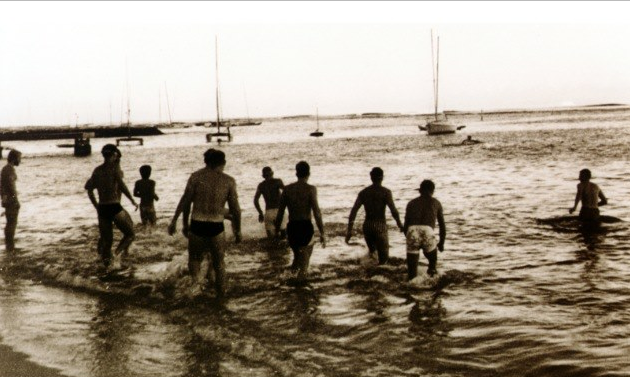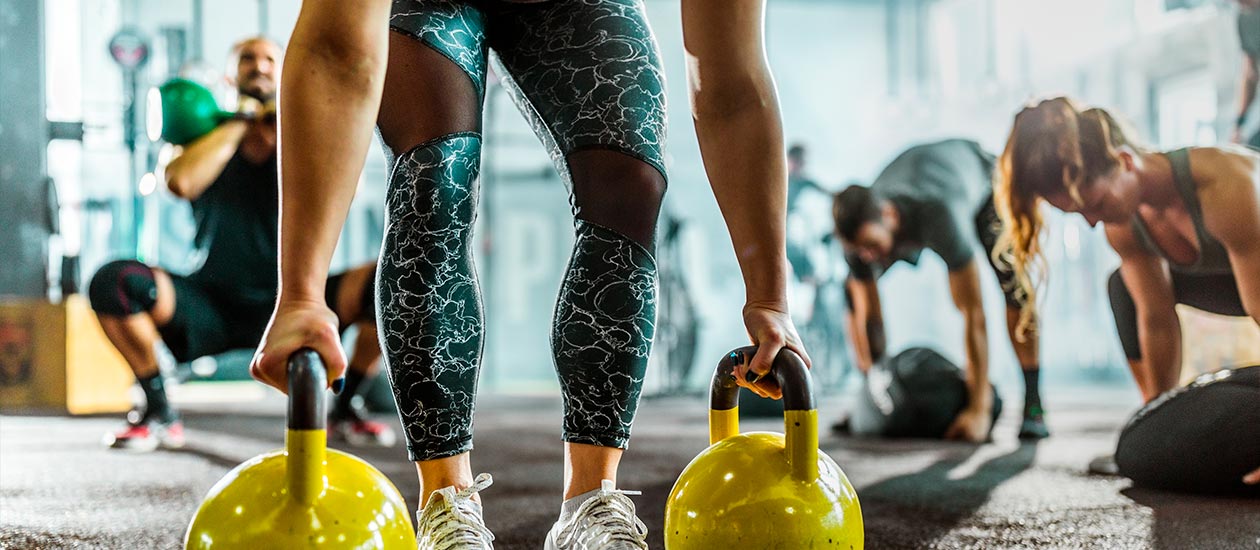The vast majority of endurance athletes use specific skills and techniques in their workouts to improve efficiency and strength.
It’s common to find track and field athletes employing skipping, multi-skipping, lunges, progressives and more in their training routines. The vast majority of runners perform a block of these techniques before facing a tough session.
In the same way, we often see swimmers doing “technique drills” or strength work: underwater swimming, paddling, one-arm swims, swimming with closed fists, paddle or fin work, leg boarding, etc.
Shouldn’t cyclists also do specific efficiency and strength work? The answer is obvious. However, if you’re like most cyclists, you probably can’t remember the last time you did any.
If you want to get the most out of your pedaling, you need to get out of your day-to-day comfort zone and start working on becoming a more efficient cyclist.
That’s why in this article we bring you a series of indoor cycling exercises to improve efficiency and strength, including some incredibly helpful options to work on during the winter.
How to improve strength and efficiency with indoor cycling
Single leg pedaling
Known as isolated leg training, this exercise helps you balance your pedal stroke and pedal more efficiently by focusing on each leg individually.
Release one foot from the pedal. Simply hold it to the side or rest it on a chair if it feels more comfortable that way.
Now, start pedaling at a low cadence with the foot that’s still clipped in and concentrate on maintaining constant pressure throughout. In this exercise you can forget about power, which will inevitably be low.
You will probably notice a dead spot in your pedaling stroke. Your job here is to maintain your pressure throughout the pedal stroke at all times. When you progress and feel you’ve mastered the exercise, increase your cadence.
Pistons
Although a pedal stroke may look like one complete movement, it’s actually made up of two opposing muscle actions and four parts: the foot moves up, forward, down and then backward.
The way in which we manage to maintain the tension between those movements is what determines the efficiency of our pedaling.
This exercise aims to improve the efficiency of each pedal stroke by working on the position of the knees. Any lateral movement of the knees when pedaling is both inefficient and potentially damaging to your joints.
Therefore, this exercise seeks to simulate the movement of pistons, the same way an engine works. Focus on the movement of your knees, which should only be up and down. The key is to reduce any lateral movement of the knees as much as possible.
Perform this exercise in intervals of 30 to 60 seconds. To make the exercise easier and get a better workout, focus on a single knee for each repetition.
Kick and pull
There are two points where tension is most easily lost in the pedal stroke: the top and the bottom. This kick and jerk exercise is all about improving your ability to maintain tension at these weak points.
Basically, it’s about making a little more exaggerated forward kick when the knee approaches the top of the pedal stroke and you get ready to bring it down again. Once you move forward and down with the pedal stroke and the foot approaches the bottom of the circle, pull the heel back slightly, towards the back of your shoe.
Start with intervals between 30 and 60 seconds, focusing first on the kicking motion and then on the pulling motion. When you master both exercises comfortably, incorporate them into the same repetition.
Pull-ups
The pull-up is a great exercise that quickly works as many muscle fibers as possible. This exercise is very good for working on strength. It also simulates racing situations, such as attacks and sprints when you need to suddenly get into a gear and pedal as hard as possible.
Start from an almost stationary position, in a very large gear. The objective is to pedal hard from that position of being almost stopped, until you reach a comfortable cadence.
BKOOL is the most complete cycling simulator on the market, try it FREE for 7 days!
 Go to BKOOL
Go to BKOOL






bonjour
j ai des incohérences sur ma FTP
malgré de nombreuses seances de recalibrage ma vitesse affichée ne correspond pas à mes efforts
comment y remédier ?
Bonjour,
Nous vous encourageons à écrire à notre service clientèle via ce lien en expliquant en détail votre problème. Ils vous répondront avec une solution.
Si vous avez besoin d’autre chose, n’hésitez pas à nous écrire. Nous sommes là pour tout ce dont vous avez besoin.
Nous vous remercions de votre attention.